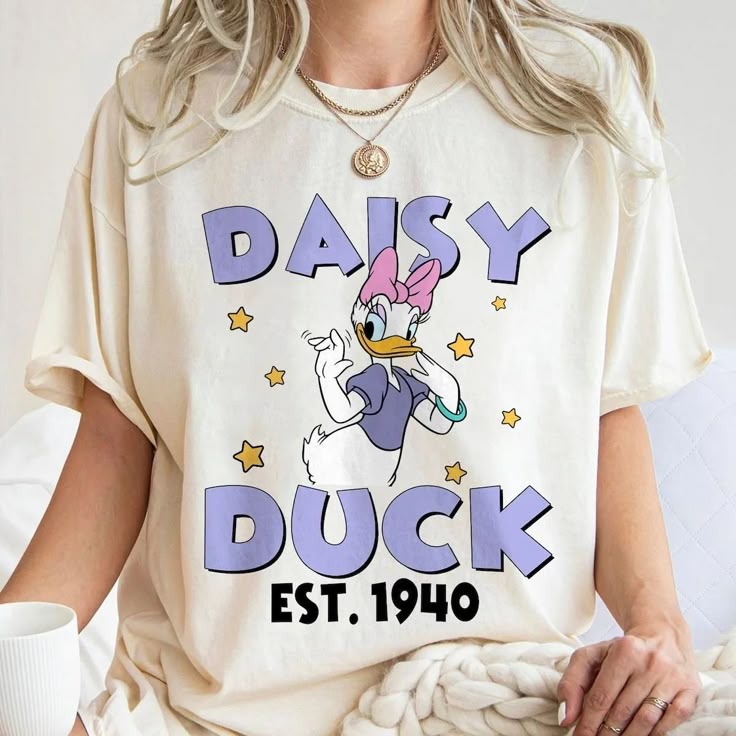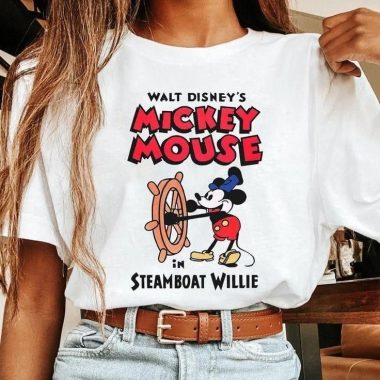Introduction
Fashion transcends the mere act of dressing the body; it unfolds as a grand narrative that intertwines human creativity, social structures, technological advancements, and personal identity. From the earliest woven fibers and stitched hides that shielded our ancestors from the elements to today’s programmable smart textiles and digital avatars draped in virtual couture, fashion charts an unbroken line of evolution. This exhaustive journey delves into the myriad dimensions of fashion: its ancient origins, its role as a living archive of culture, the profound psychology of dress, the revolutions of mass production and synthetic fibers, the frontiers of material science, the moral imperative of sustainability, fashion’s function as political expression, its global economic architecture, the emergence of virtual wardrobes, and the visionary landscapes yet to be woven. Through this epic exploration, we discover that fashion is not simply what we wear—it is how we understand ourselves, connect with our communities, and imagine the future.
Ancient Threads: From Protection to Ornament
Long before humans wielded needles, early hominins draped themselves in animal pelts, layered hides, and intertwined vines. These primordial garments served the urgent function of insulation and camouflage, but they also bore the first seeds of adornment. Early peoples affixed carved bone pendants, threaded seashell necklaces, and painted hides with natural pigments, believing these embellishments conferred spiritual protection or signified tribal bonds. As communities settled and the cultivation of flax, cotton, and wool emerged, spindles turned raw fibers into thread and upright looms wove those threads into textiles. Even the simplest fabrics displayed stripes, checks, or natural-dye patterns that communicated social roles, rites of passage, or trade alliances. In those earliest chapters, fashion’s dual nature—functional necessity fused with expressive symbolism—was born.
Garments as Cultural Chronicles
Across civilizations, traditional attire has served as a living chronicle of collective memory and values. In the mountain villages of Peru, Quechua weavers spin alpaca and sheep’s wool into vibrant ponchos whose geometric motifs recount ancestral myths and agricultural cycles. West African bògòlanfini, or mud cloth, is hand‑woven cotton dyed with fermented mud; its abstract symbols encode proverbs, ancestral stories, and rites of passage. The Japanese kimono evolved from utilitarian robes into a codified language of sleeve length, pattern placement, and color combinations, each element signaling season, status, or personal milestone. In India, block‑printed cottons from Rajasthan carry centuries‑old designs—floral vines, peacocks, paisleys—each stamped with a wooden block that links artisan to archive. These garments endure not as museum relics but as dynamic art forms—worn in festivals, reinterpreted by designers, and passed from generation to generation—ensuring that cultural narratives remain vibrant and relevant.
The Semiotics of Style: Psychology and Identity
Fashion operates as a potent semiotic system, a silent dialogue between individual and society. Each silhouette, hue, and texture functions as a word in a visual vocabulary. A sharply tailored blazer conveys authority and precision; a flowing silk chiffon gown evokes romance and creative freedom. Color psychology further enriches this lexicon: crimson suggests confidence and passion, navy implies trust and professionalism, and pastel tones whisper calm and approachability. Textural cues—sleek satin, rough-hewn denim, supple leather—add layers of meaning about comfort, rebellion, or heritage. Accessories serve as punctuation: a sculptural necklace can redefine an entire silhouette, while a deconstructed hat might punctuate subversion. Psychological research into “enclothed cognition” demonstrates that the mere act of donning particular garments can alter mental processes, mood, and performance. In this way, fashion becomes both mirror and mold—reflecting inner states and shaping outward behaviors.
The First Industrial Revolution: Democratizing Dress
The advent of mechanized looms and power-driven spinning frames in the late eighteenth century transformed textile production. Fabrics once painstakingly handwoven became factory outputs, and the invention of the sewing machine further accelerated garment assembly. Ready‑to‑wear clothing emerged, democratizing styles once reserved for elites. Department stores, with their ornate facades and lavish window displays, beckoned middle‑class consumers into curated worlds of aspiration. Mail‑order catalogs extended fashion’s reach to rural homesteads, knitting disparate regions into a shared sartorial conversation. Yet this newfound accessibility bore downsides: a relentless churn of seasonal trends spurred disposable consumption and environmental strain. In counterpoint, haute couture houses reinforced their emphasis on bespoke tailoring, hand‑stitched details, and artisanal mastery—offering exclusivity as the antidote to mass‑market uniformity.
The Synthetic Age: Innovation and Its Costs
The twentieth century introduced synthetic fibers—rayon, nylon, polyester—that revolutionized affordability, durability, and care. Nylon’s debut in the late 1930s disrupted silk imports, making hosiery and lingerie accessible on an unprecedented scale. Post‑war polyester blends offered wrinkle resistance and ease of maintenance, catalyzing sportswear and unisex designs. Yet the environmental toll—non‑biodegradable waste, microplastics, petrochemical reliance—only surfaced decades later, prompting a reckoning about convenience versus conservation. Nonetheless, the synthetic era demonstrated fashion’s capacity to harness chemistry and industrial innovation, pushing the boundaries of texture, colorfastness, and form.
Material Alchemy: Smart Textiles and Biofabrication
In the twenty‑first century, material science and fashion design have merged in startling new ways. Nanocoatings render fabrics self‑cleaning and water‑repellent, reducing laundering needs. Phase‑change materials absorb and release thermal energy, regulating microclimates around the body. Conductive threads woven into garments transmit biometric data—heart rate, muscle activity, posture—to wearable devices. Biofabrication labs cultivate bacterial cellulose or spider-silk proteins into fibers that rival conventional materials in strength and flexibility while offering biodegradability. Three‑dimensional knitting machines translate digital patterns into seamless, custom-fit garments with minimal waste. Virtual and augmented reality platforms facilitate digital fitting rooms and design collaboration across continents. Blockchain traceability ensures that every fiber’s journey—from seed and soil to stitches and showrooms—remains transparent and verifiable. Through these breakthroughs, garments evolve from static coverings into dynamic, responsive systems.
The Sustainability Imperative
Fashion’s environmental footprint is immense: cotton crops consume thousands of liters of water per kilogram, synthetic fibers release microplastics with every wash, and dyehouses discharge toxic effluent into waterways. Fast‑fashion’s rapid turnover intensifies these impacts, generating mountains of textile waste and straining global resources. In response, a sustainability revolution has gained momentum. Regenerative agriculture revitalizes soil health and captures carbon in fiber fields. Closed‑loop dyeing systems recycle water and pigments, eliminating effluent. Circular design frameworks mandate repairability, recyclability, and longevity—transforming waste into creative opportunity. Rental services and resale platforms extend the life of garments, decoupling fashion from disposability. Artisanal cooperatives ensure fair wages and safe conditions for craftspeople, preserving cultural techniques. Digital tools empower consumers to trace supply chains and make values‑aligned purchases. Together, these practices chart a course toward a fashion ecosystem rooted in ecological balance and social equity.
Fashion as Political Expression
Clothing has long served as a powerful vehicle for political voice and social solidarity. In the early twentieth century, suffragettes adopted emblematic colors—white for purity, purple for loyalty, green for hope—to unify their campaign for voting rights. The Civil Rights era saw African American communities embrace natural hair and African‑print textiles as acts of cultural reclamation. The punk movement of the 1970s weaponized DIY aesthetics—ripped garments, provocatively safety‑pinned ensembles—to reject corporate conformity. Contemporary designers stage runway shows that foreground diversity of body type, age, and gender, challenging exclusionary beauty norms. Graphic T‑shirts broadcast protest slogans, and capsule collections direct proceeds to humanitarian and environmental causes. Online “mend‑in” events and clothing swaps become forums for community and consciousness‑raising. In these ways, fashion transcends decoration to become a living manifesto of dissent, identity, and hope.
The Global Fashion Economy
Fashion constitutes a multitrillion‑dollar global enterprise. Agricultural regions—from American cotton belts to Central Asian cotton fields—supply natural fibers, while petroleum centers feed polyester production. Manufacturing hubs in Bangladesh, Vietnam, and Ethiopia compete on cost and capacity, even as luxury ateliers in Paris, Milan, and New York command premium price points through heritage and craftsmanship. E‑commerce platforms and direct‑to‑consumer startups disrupt traditional retail paradigms, leveraging data analytics to anticipate micro‑trends, optimize inventory, and personalize marketing. Seasonal fashion weeks and trade fairs synchronize buying cycles, although “see now, buy now” models challenge the runway‑to‑rack lag. Geopolitical tensions, trade tariffs, and climate‑driven disruptions prompt brands to diversify sourcing and near‑shore production. Distributed micro‑factories harness digital fabrication to produce on demand, reducing waste and lead times. In this complex network, agility, transparency, and ethical stewardship emerge as differentiators for resilience and growth.
Digital Couture and Virtual Wardrobes
As virtual worlds expand, fashion leaps into the metaverse. Non‑fungible tokens (NFTs) authenticate limited‑edition digital wearables that avatars display in online communities and games. Brands host interactive runway events in virtual environments, selling digital garments alongside physical collections. Augmented reality applications allow users to overlay virtual outfits onto live video, blending physical and digital style. Blockchain traceability certifies provenance and scarcity of both tangible and digital pieces. “Phygital” offerings pair a physical garment with its digital twin, unlocking exclusive online experiences or future drops. This convergence redefines concepts of ownership, scarcity, and personal identity, as wardrobes inhabit both store racks and server farms.
Envisioning the Future: Personalized, Predictive, and Planetary
The next frontier of fashion lies in hyper‑personalization, proactive design, and planetary stewardship. Artificial intelligence stylists will curate wardrobes optimized for individual body metrics, climates, lifestyles, and ethical priorities—dispatching garments just in time and scheduling their return for recycling at end‑of‑life. Biofabrication labs will grow sustainable fibers from algae, bacterial cellulose, and lab‑cultured proteins, replacing resource‑intensive crops and petrochemicals. Wearable biosensors woven into textiles will monitor health parameters—hydration, UV exposure, posture—and interface with healthcare platforms for real‑time insights. Distributed micro‑factories, powered by renewable energy, will produce on‑demand, locally tailored garments, slashing transportation emissions. Decentralized governance models, leveraging blockchain, may underpin fashion cooperatives that share profits and creative control equitably among designers, artisans, and consumers. In this envisioned ecosystem, fashion transcends commerce to become a holistic system of human well‑being, cultural exchange, and ecological regeneration.
Conclusion
From the first patched hides of prehistoric tribes to the programmable smart textiles and digital avatars of tomorrow, fashion endures as an unbroken testament to humanity’s drive for protection, expression, and innovation. It mirrors our deepest values, amplifies our individual and collective identities, and charts the contours of societal change. As the world confronts environmental crises, social inequities, and rapid technological upheaval, the fashion industry stands at a crossroads. By weaving together sustainable practices, ethical labor standards, cutting‑edge material science, and respectful cultural exchange, we can ensure that fashion’s tapestry continues to expand in richness and resonance. In embracing this vision, every garment—whether hand‑woven, 3D‑printed, or rendered in pixels—becomes a luminous strand in the infinite canvas of human creativity, shaping the stories of generations yet to come.



